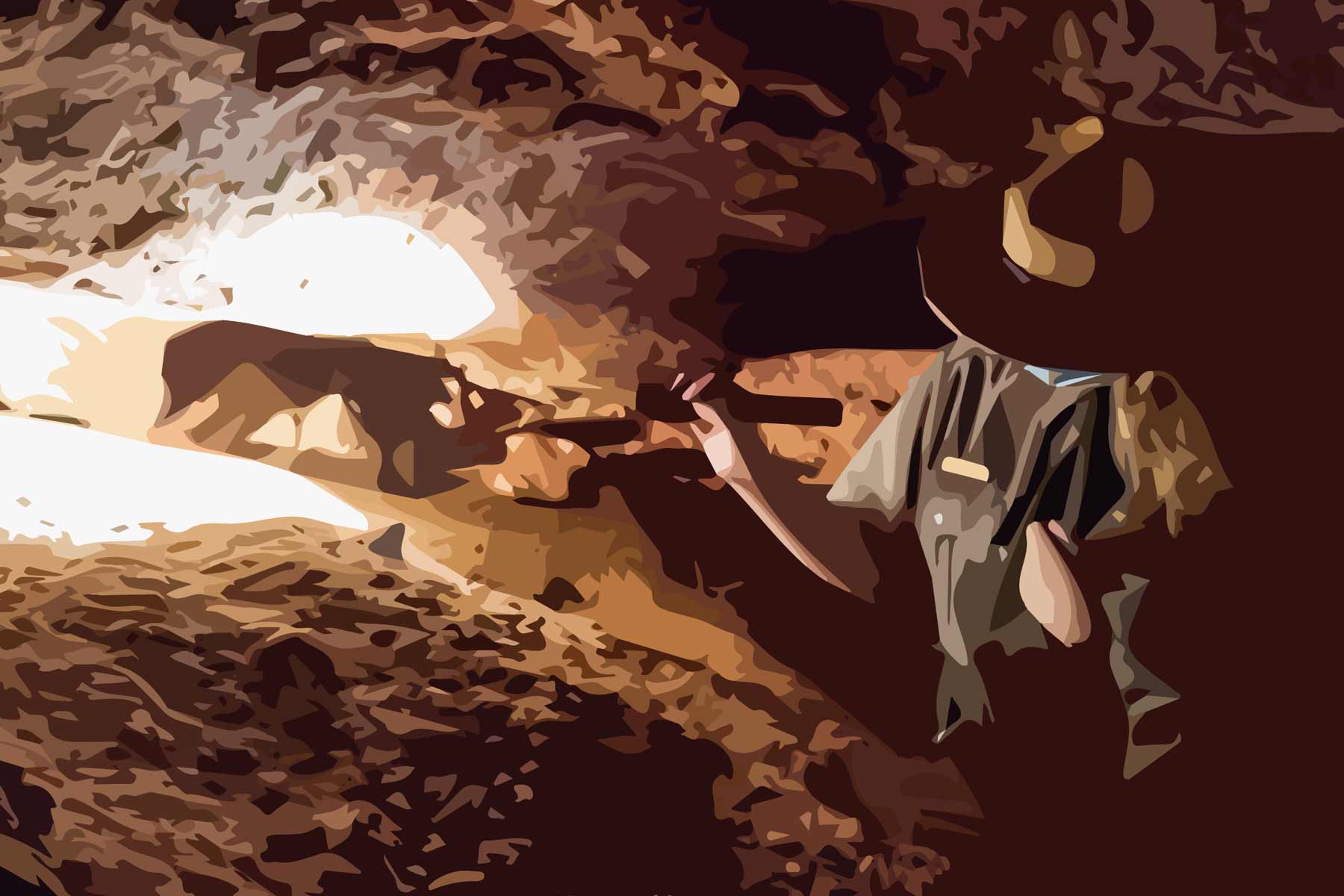
Article Summary: Wind Cave National Park Facts
Wind Cave National Park Facts! In this article, we provide you with 10 amazing facts about one of America’s most magnificent national parks.
More Than Just Parks is your one-stop-shop when it comes to learning everything you’ll need to know about America’s national parks. We’ve got expert guides, beautiful photos, helpful tips, breathtaking films and so much more.
I’ve been to so many of these amazing places since retiring from teaching in 2018. Did I mention that I taught history? I spent a lifetime teaching about the history behind some of these natural wonders. Then I got to see them firsthand.
And now I’m sharing some of the incredible stories about these beautiful places with you. It doesn’t get any better than that!
More Than Just Parks takes a deeper dive with its national park facts. We’ve done our homework so that you’ll get more than you bargained for.
Without further ado, let’s dive in.

Table Of Contents: Wind Cave National Park Facts
Wind Cave National Park Facts
- Facts About Wind Cave National Parks
- Wind Cave National Park Facts
- Top 5 Wind Cave National Park Facts
- 1. The Lakota Have A Spiritual Connection To Wind Cave
- 2. Two South Dakota Brothers Discovered The Cave
- 3. Wind Cave Is Home To 95% Of The Boxwork Formations In The World
- 4. The Civilian Conservation Corps Played An Important Role In The Development Of The Park
- 5. It’s The 6th Longest Mapped Cave In The World
- Top 10 Wind Cave National Park Facts
- 6. Wind Cave National Park Featured A Buffalo Jump
- 7. The Park Features One Of The Most Breathtaking Scenic Overlooks In America
- 8. Wind Cave Features A Diverse Array Of Wildlife
- 9. The Park Offers Over 30 Miles Of Hiking Trails
- 10. More Than Just Parks Made An Amazing Film At Wind Cave & You’re Invited To See It
- Why Trust Us About Wind Cave National Park?
- Meet The Parks Brothers
- Map Of Wind Cave National Park
- We Hope You’ll Follow Our Journey
- Top 5 Wind Cave National Park Facts
Facts About Wind Cave National Parks
Wind Cave National Park is located in the southwestern part of South Dakota. It was established in 1903 as the seventh U.S. national park and is named after the wind cave, one of the longest and most complex caves in the world.
The park covers an area of approximately 28,295 acres and is known for its unique geology, diverse wildlife, and scenic beauty. It is home to several species of animals, including bison, pronghorns, and elk, as well as over 400 species of plants.
Visitors can enjoy a variety of recreational activities, such as hiking, camping, and wildlife watching. The park also offers cave tours for visitors to explore the Wind Cave and see its intricate underground formations.
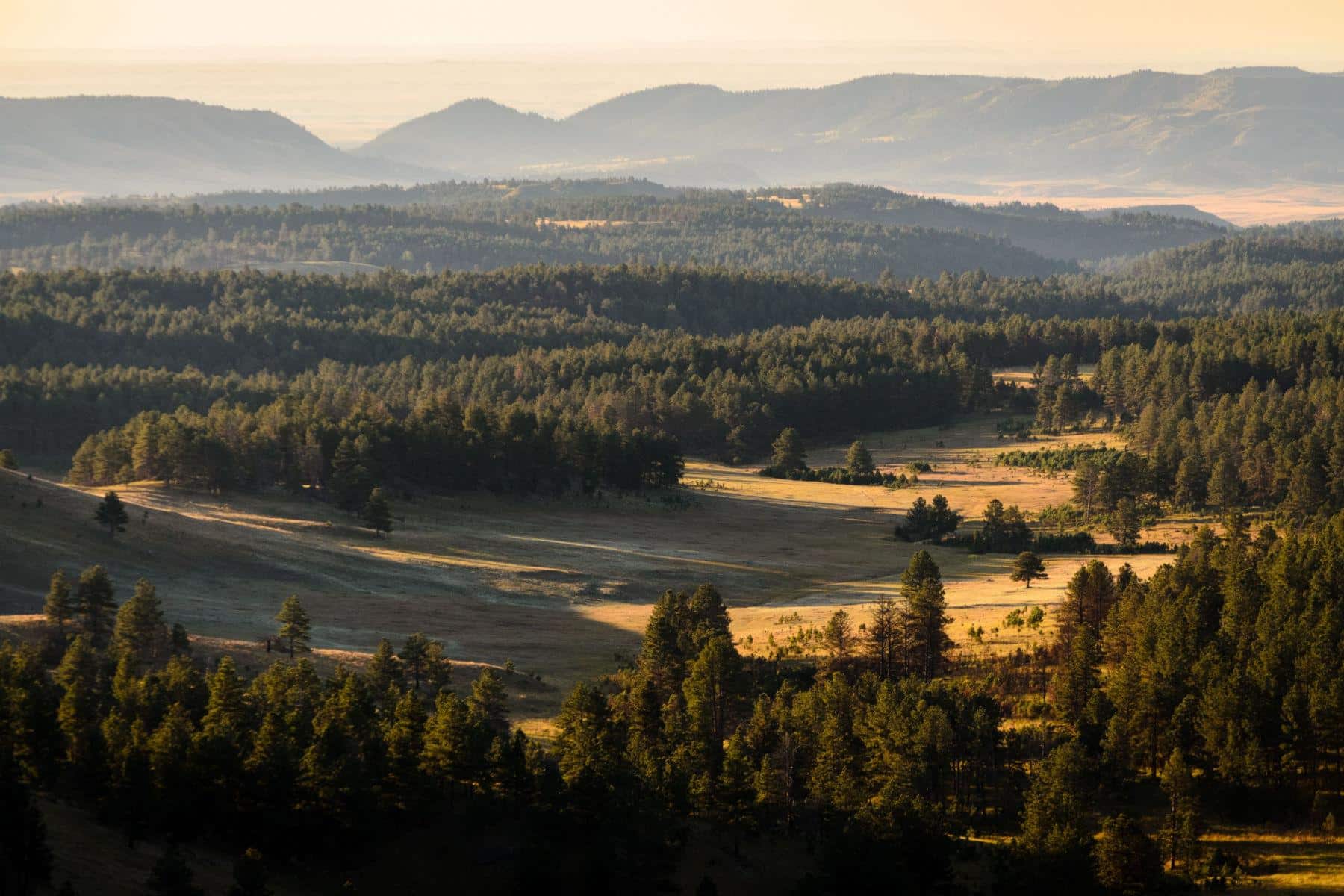
Some Basic Facts About Wind Cave National Park
- Location: South Dakota
- Acreage: The park covers an area of approximately 28,295 acres.
- Visitation: The park averages around 125,000 visitors yearly.
- Elevation: Situated at an elevation of 5,013 feet, the highest point in the national park, the tower provides a panoramic view of southeastern Black Hills and the surrounding Great Plains.
- Climate: Wind Cave National Park and the southern Black Hills are generally warmer and drier than the northern hills. Winter snowfall averages 30 inches annually. Spring and fall days vary from sunny and warm to cool, rainy, and windy. Summer brings warm daytime temperatures with cool evenings. Severe thunderstorms are common in June and July and can produce large hail and severe lightning. Slow moving storms can dump large amounts of rain over a small area, leading to flash flooding. (Source: NPS)
- When Did It Become A National Park? President Theodore Roosevelt signed legislation making Wind Cave a National Park on January 9, 1903.
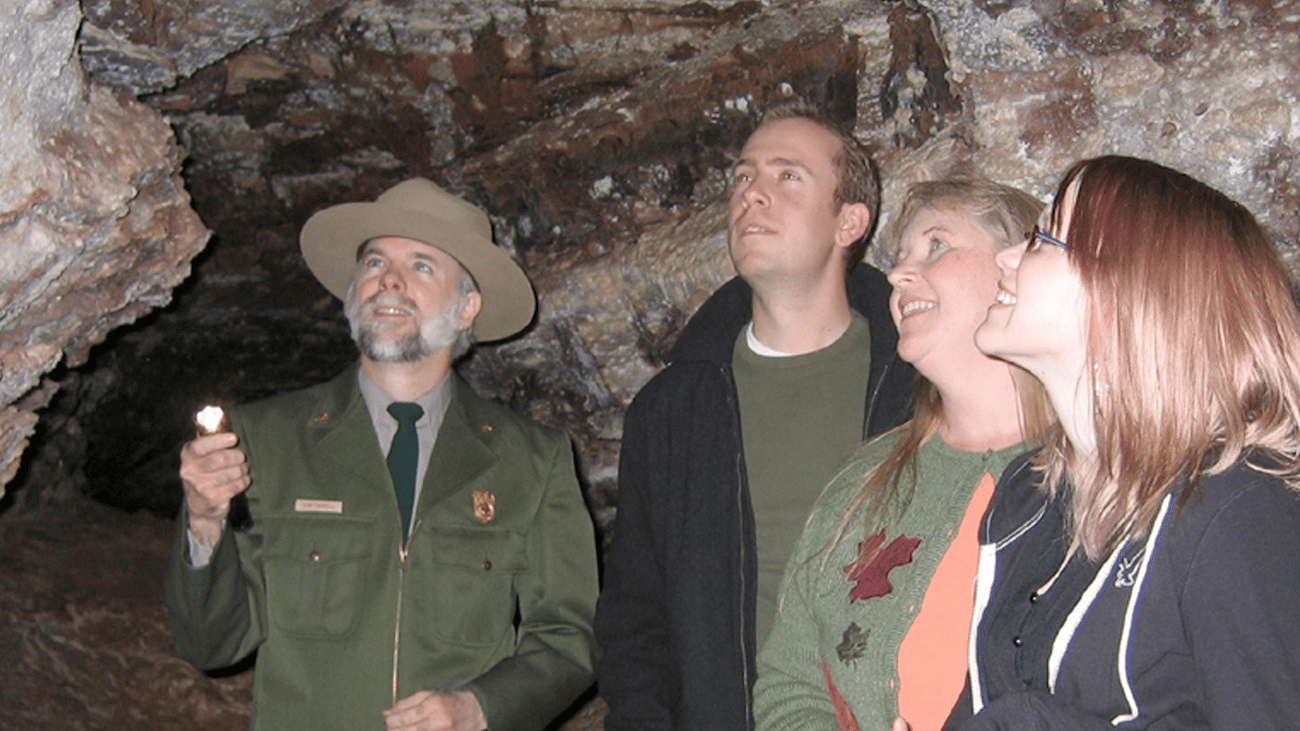
Wind Cave National Park Facts
Top 5 Wind Cave National Park Facts
1. The Lakota Have A Spiritual Connection To Wind Cave
As a retired history teacher and lifelong history buff, I have always been fascinated by the stories of the earliest peoples to inhabit our national parks. One of my favorite Wind Cave National Park Facts has to do with some of the park’s earliest inhabitants.
The Lakota, also known as the Teton Sioux, are indigenous people who have a long history of living in the region that includes the national park at Wind Cave.
They have a spiritual and cultural connection to the land and its resources, including the Wind Cave, which they consider a sacred site.
The Lakota were instrumental in the early efforts to protect the cave and its surroundings, and they continue to play an important role in the park’s management through cultural and educational programs and consultation with park officials.
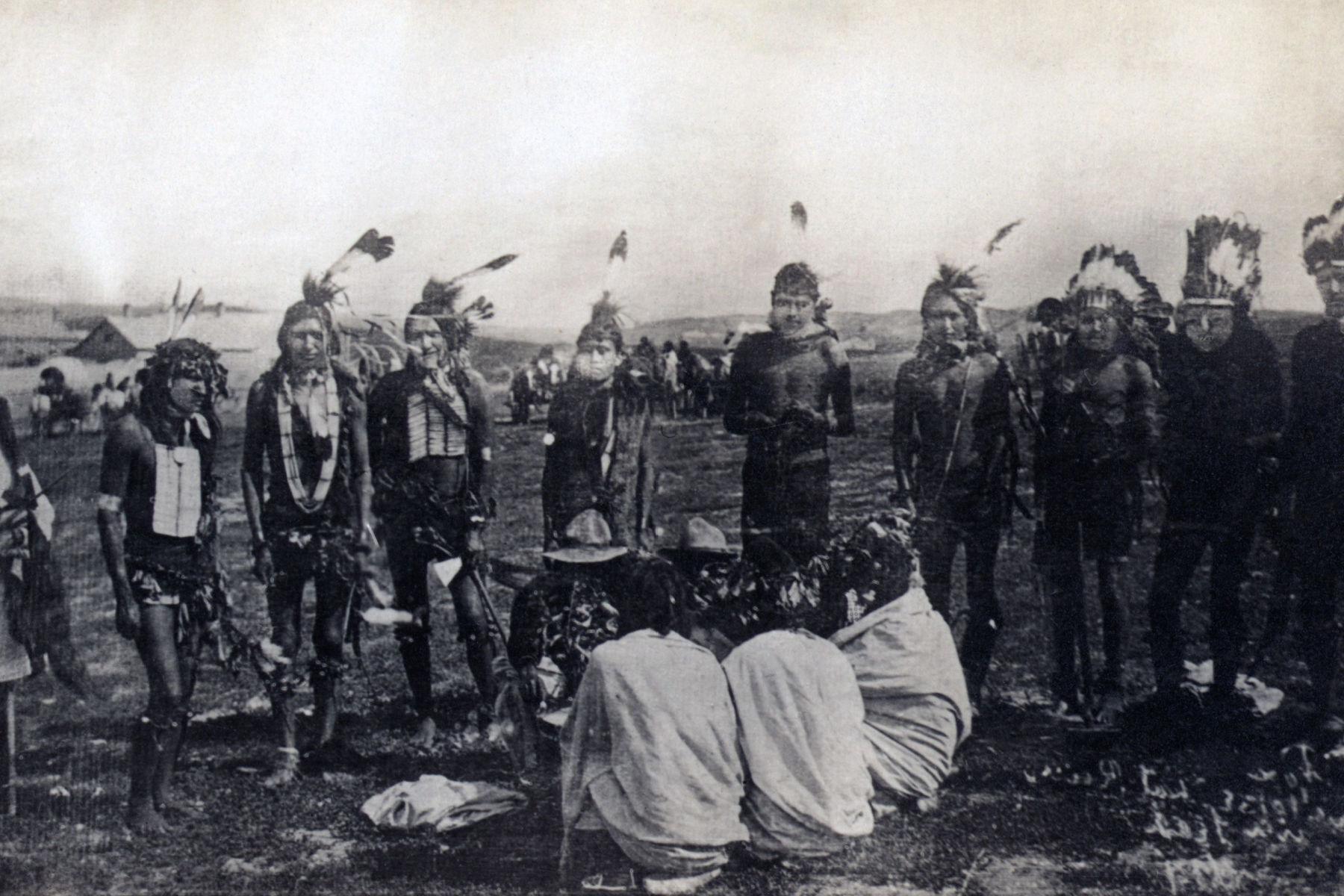
CHECK OUT: 11 AMAZING Acadia National Park Facts
2. Two South Dakota Brothers Discovered The Cave
In doing research and writing articles for More Than Just Parks, I never fail to be amazed by the stories of people who had early encounters with the amazing places which so many of us take for granted today.
Another of the amazing Wind Cave National Park Facts has to do with the story of two South Dakota brothers who discovered the cave.
Wind Cave National Park was discovered in 1881 by Jesse and Tom Bingham when they heard a whistling noise coming from a beach-ball-sized hole in a rock formation.
Wind was blowing out of the hole, just as it does today, with such force that it blew off Tom’s hat. As the story goes, a few days later, when Jesse returned to show the phenomenon to some friends, the wind had switched directions and his hat was sucked in.
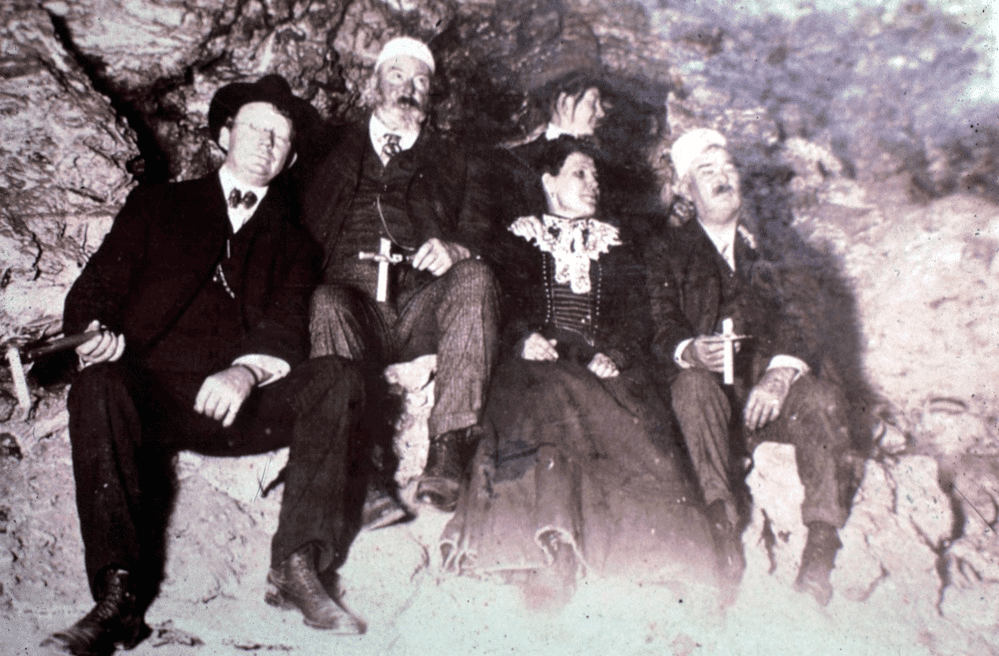
Now Here’s Another Amazing Fact About The Wind At Wind Cave
As mentioned in the introduction, Wind Cave National Park is known for its wind cave, which is one of the longest and most complex caves in the world.
The wind cave is named for the strong gusts of air that are constantly blowing in and out of its entrance.
The cave is filled with a unique and beautiful natural formation called boxwork, which is a type of calcite deposit that forms a honeycomb-like pattern on the walls and ceilings.
The park offers tours of the wind cave, allowing visitors to explore its passages and admire its intricate geology.
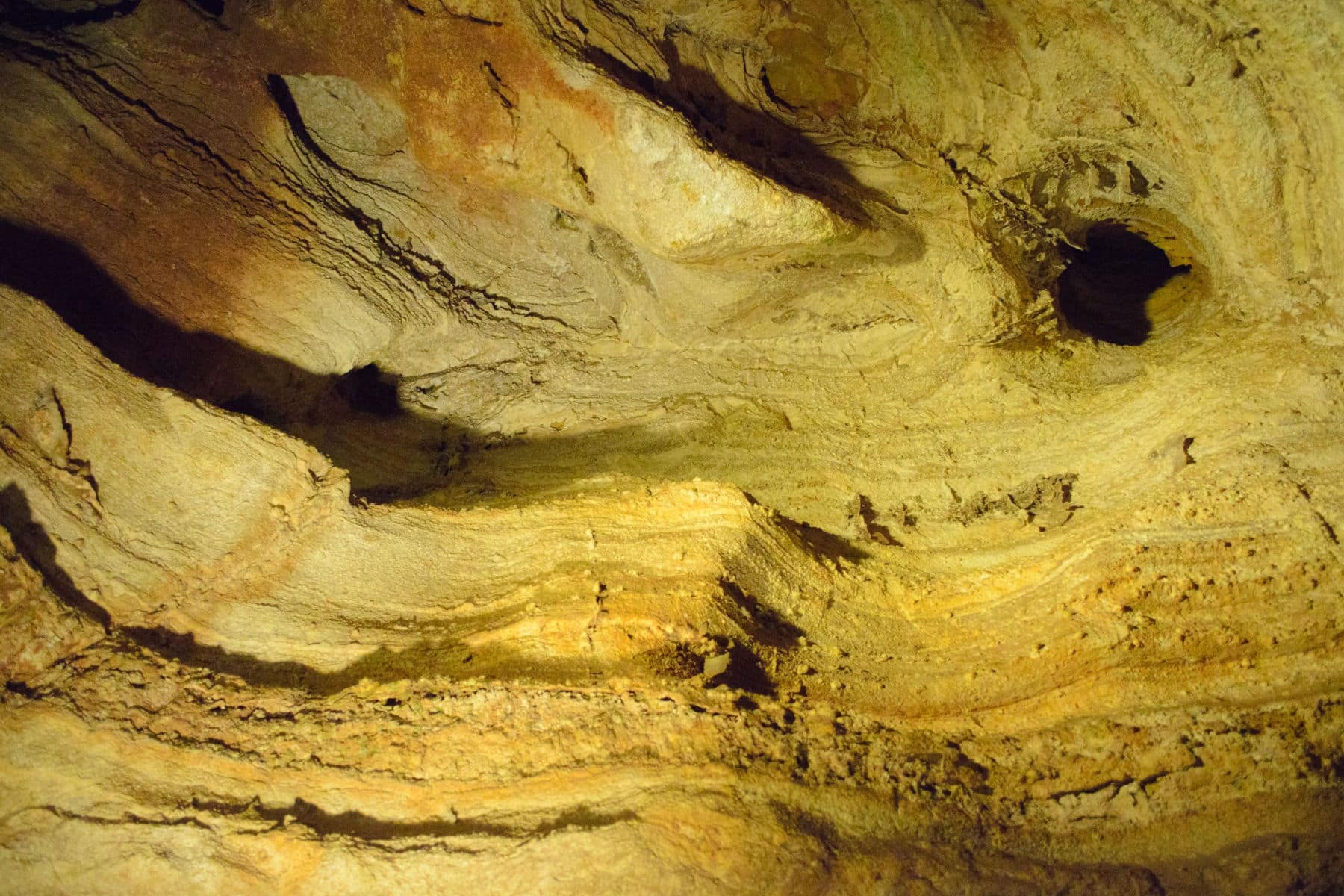
CHECK OUT: 12 AMAZING Facts About Capitol Reef National Park
3. Wind Cave Is Home To 95% Of The Boxwork Formations In The World
Another of the amazing Wind Cave National Park Facts has to do with a very unique geologic formation.
The park is home to 95% of the (known) boxwork formations in the world.
So, you might be asking, what is a boxwork formation?
Boxwork formations are a type of speleothem, or cave formation, found in Wind Cave National Park and other caves around the world. They consist of thin blades of calcite that have grown into a honeycomb-like pattern on the walls and ceilings of the cave.
The boxwork formations in Wind Cave are considered some of the most intricate and extensive in the world. They are created by the precipitation of calcite from mineral-rich groundwater that flowed through the cave.
As the water evaporated, it left behind calcite deposits that slowly built up to form the delicate boxwork patterns. Boxwork formations are unique to each cave and can provide valuable information about the geological history and hydrology of the area.
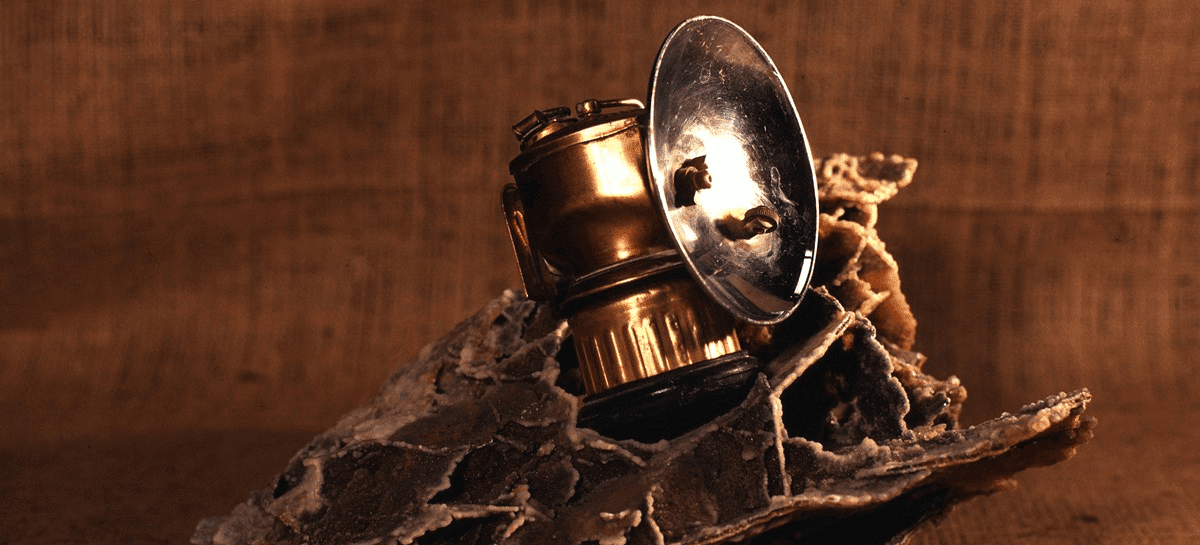
CHECK OUT: 14 AMAZING Facts About Biscayne National Park
4. The Civilian Conservation Corps Played An Important Role In The Development Of The Park
The Civilian Conservation Corps (CCC) was a public work relief program in the United States established in 1933 as part of President Franklin D. Roosevelt’s New Deal during the Great Depression.
The program was designed to provide employment and training opportunities for young, unemployed men while also preserving and developing the country’s natural resources.
The CCC was responsible for a wide range of projects, including the construction of trails, roads, bridges, picnic areas, campgrounds, and other park facilities; erosion control and reforestation efforts; and wildlife preservation.
The CCC also played a key role in the development of the National Park System and the establishment of many state parks. The program lasted until 1942, when the country shifted its focus to preparing for World War II.
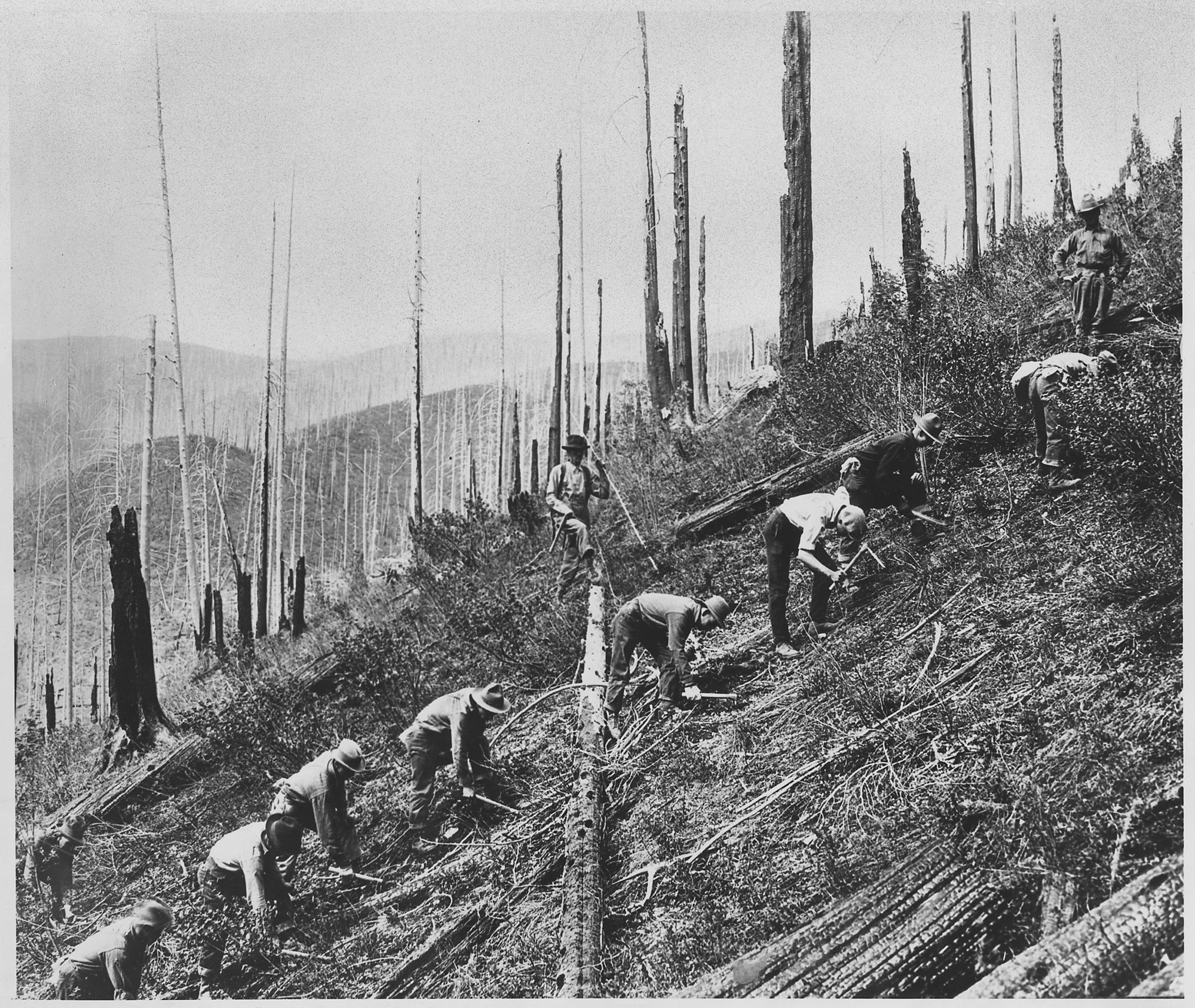
The CCC & Wind Cave National Park
The Civilian Conservation Corps had a significant impact on the development and improvement of Wind Cave National Park during the 1930s.
The CCC workers were responsible for creating many of the park’s infrastructure and facilities that are still in use today, including roads, trails, buildings, picnic areas, and campgrounds.
The CCC’s contributions helped lay the foundation for the park’s continued growth and development, and its legacy is still felt in the park today.
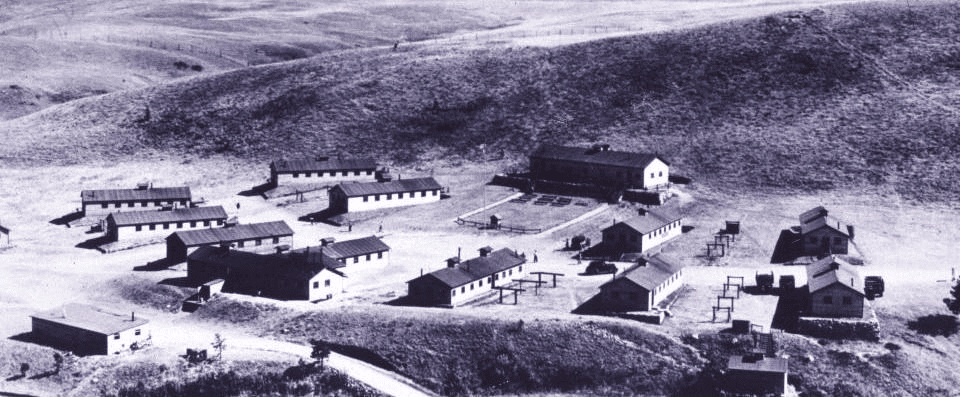
CHECK OUT: The First Green New Deal Happened Nearly 100 Years ago – What Happened?
5. It’s The 6th Longest Mapped Cave In The World
Wind Cave is the 6th longest mapped cave in the world because of its extensive and complex network of passages and chambers.
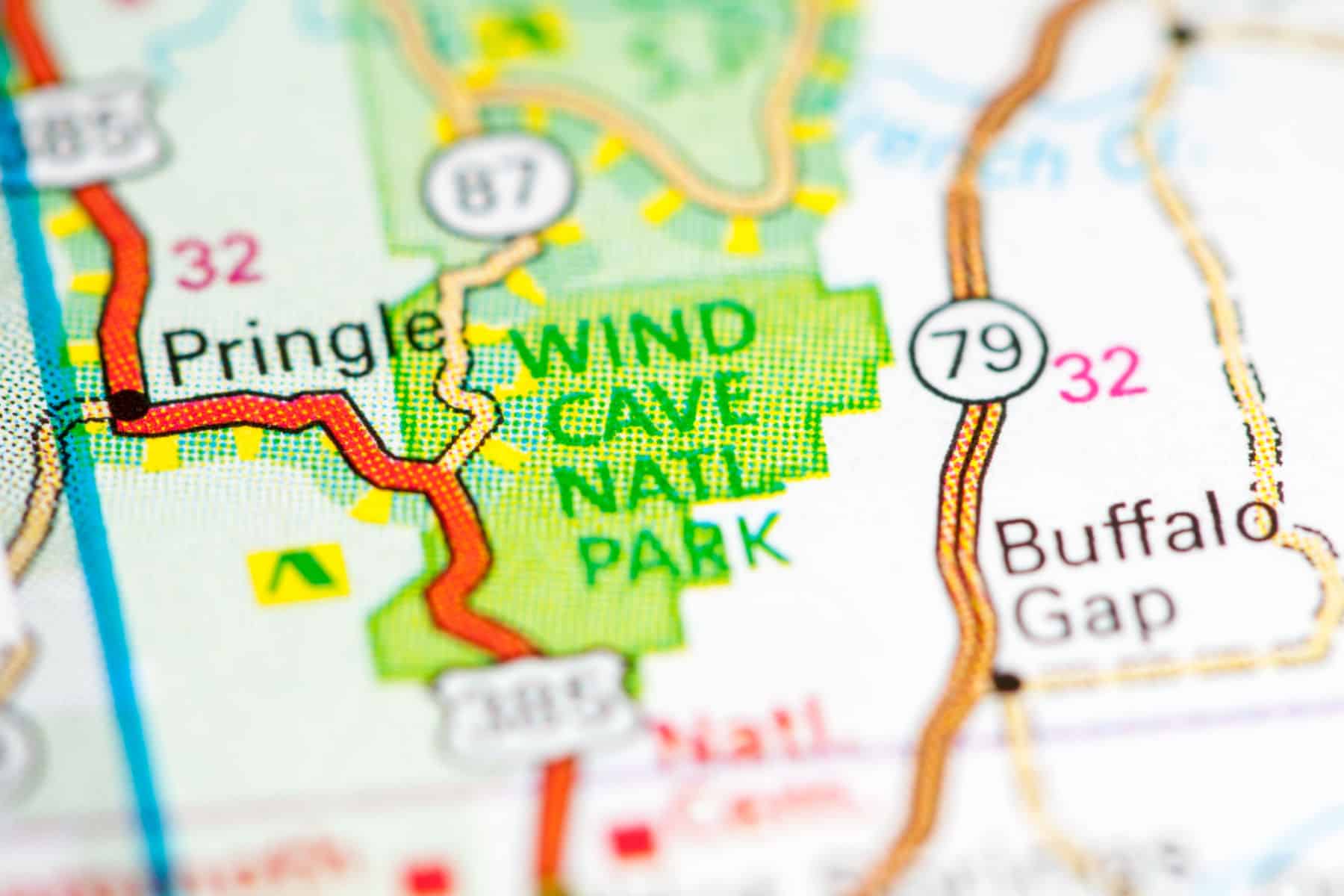
The cave is a “complex maze” type, meaning it has a large number of interconnected passages and a high degree of interconnection, making it difficult to fully map. The total length of the mapped passages in Wind Cave is over 140 miles (225 km), making it one of the longest caves in the world.
Wind Cave was formed by the dissolution of limestone and dolomite rock by groundwater. Over thousands of years, the water eroded the rock and created the extensive passages that make up the cave today.
The constant flow of air through the cave’s entrance is caused by differences in atmospheric pressure between the inside and outside of the cave, which creates a “wind” effect. This wind has helped to keep the passages of the cave open and accessible, allowing for further exploration and mapping of its interior.
Mapping the cave is a long and challenging process that involves surveying and measuring each passage, chamber, and formation in the cave.
The map is constantly being updated as new passages are discovered and explored. The length of the cave and its complex network of passages make Wind Cave one of the most fascinating and intriguing geological features in the world.
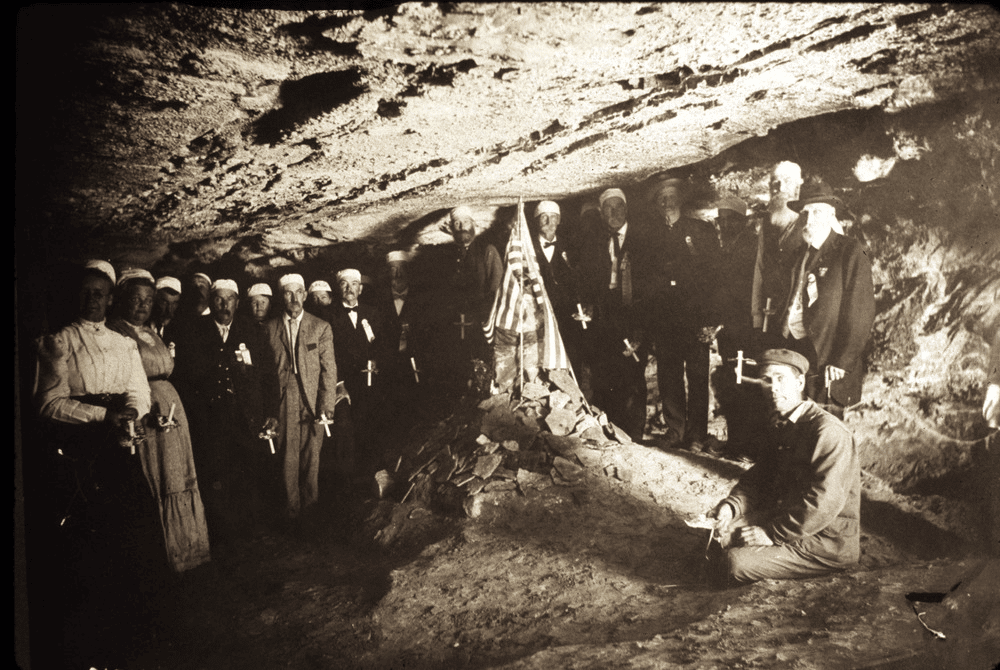
If you’re interested in caves then check out: 10 AMAZING Facts About Carlsbad Caverns National Park
Top 10 Wind Cave National Park Facts
6. Wind Cave National Park Featured A Buffalo Jump
Another of the intriguing yet lesser known Wind Cave National Park Facts has to do with a practice known as “Buffalo Jumping.”
The practice of hunting bison by stampeding them over cliffs was a common and important method of hunting for many Native American tribes.
It required careful planning, coordination, and execution, but it was a highly effective way of securing food and other resources for the tribe.
The use of fire to attract bison and create favorable conditions for hunting was one of the many strategies used by the native people. This hunting method played a crucial role in their way of life and helped them to survive in a challenging environment.

There Is Evidence Of Buffalo Jumping At Wind Cave
The Sanson Buffalo Jump is an important cultural and archaeological site located within Wind Cave National Park. The jump was used by native peoples to hunt bison, and it provides evidence of the complexity and sophistication of the hunting practices of these early cultures.
The discovery of tools such as flake knives and scrapers at the site further illustrates the importance of the bison as a resource and the significant role that hunting played in the lives of these communities.
The Sanson Buffalo Jump is a valuable historical and cultural resource, and ongoing research is helping to shed light on the rich and diverse history of the region.
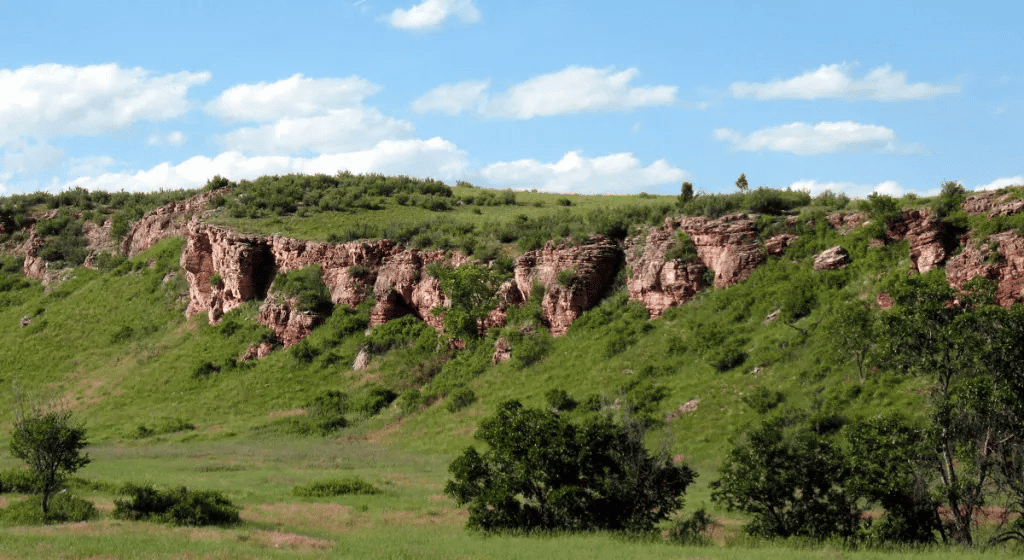
7. The Park Features One Of The Most Breathtaking Scenic Overlooks In America
Just when you thought we couldn’t come up with any more amazing Wind Cave National Park Facts we surprise you.
Devil’s Lookout is a scenic overlook located within Wind Cave National Park. It provides a breathtaking panoramic view of the surrounding landscape and is a popular spot for visitors to enjoy the park’s natural beauty.
From the lookout, visitors can see the rolling hills and grasslands of the Great Plains stretching out to the horizon, and it is a great place for wildlife viewing, birdwatching, and photography.
The name “Devil’s Lookout” is believed to be a reference to the rugged and wild character of the landscape, which was once home to native tribes and buffalo herds, and remains an important part of the park’s natural and cultural heritage.
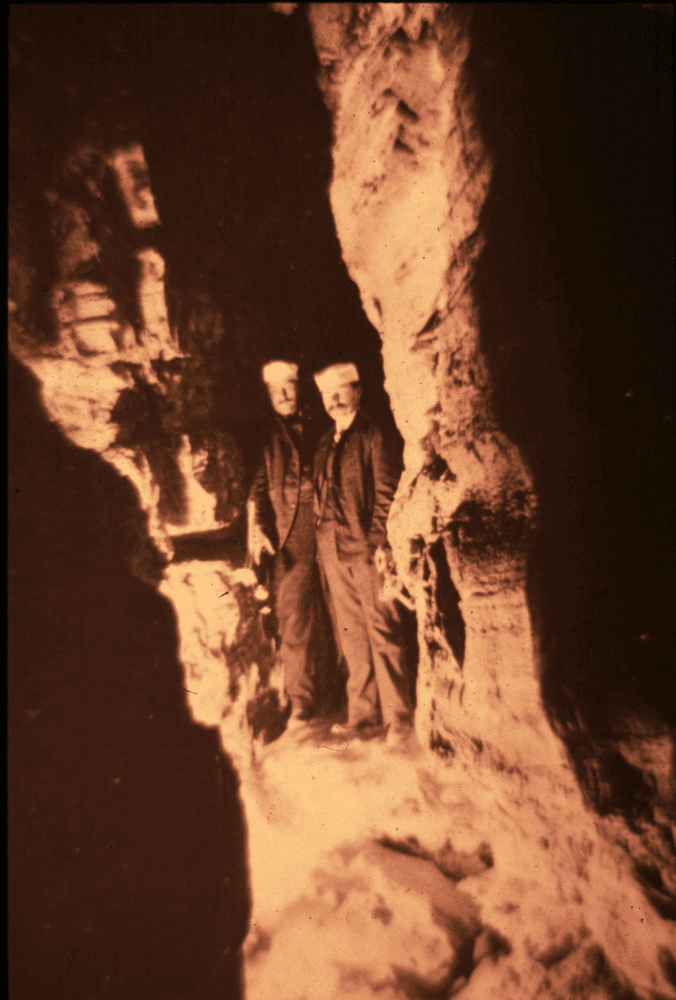
8. Wind Cave Features A Diverse Array Of Wildlife
The establishment of Wind Cave National Game Preserve in 1912 brought the reintroduction of bison, elk, and pronghorns to the park. Today the park features a diverse array of wildlife.
Wildlife species which can be found in the park include the following:
- Bison
- Elk
- Pronghorn
- Bighorn sheep
- Coyote
- Badger
- Prairie dogs
- Mule deer
- Black-tailed deer
- Bobcats
- Mountain lions
- Raccoons
- Skunks
- Squirrels
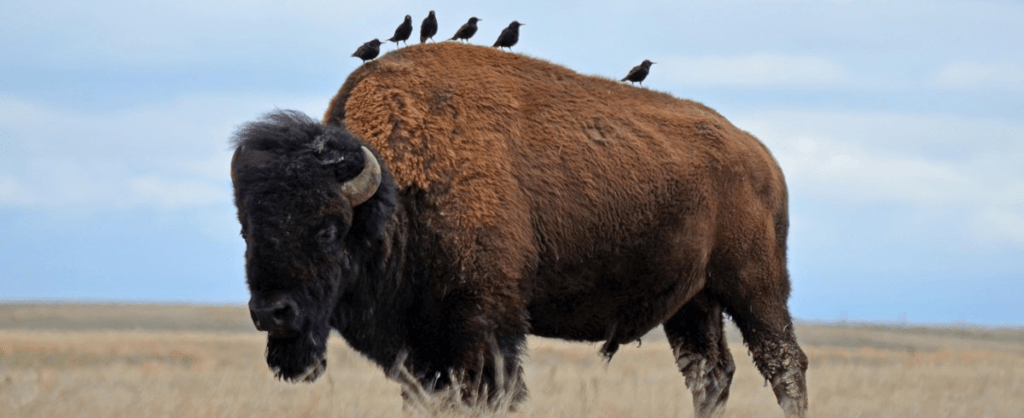
There Are Birds Too
Wind Cave National Park is home to a diverse bird population, including both resident and migratory species.
Some of the birds commonly found in the park include woodpeckers, meadowlarks, snow geese, wood ducks, gray partridges, wild turkeys, turkey vultures, ospreys, mallards, and many others.
9. The Park Offers Over 30 Miles Of Hiking Trails
If you’re someone who loves to go hiking then Wind Cave National Park will not disappoint you.
The park offers a variety of hiking trails for visitors to enjoy. These trails range from short, easy nature walks to longer, more strenuous hikes, and offer opportunities to explore the park’s diverse landscape and experience its natural beauty.
The park’s most popular hike is the Rankin Ridge Nature Trail, a 1-mile loop trail that winds through the park’s prairie grasslands and offers sweeping views of the surrounding landscape.
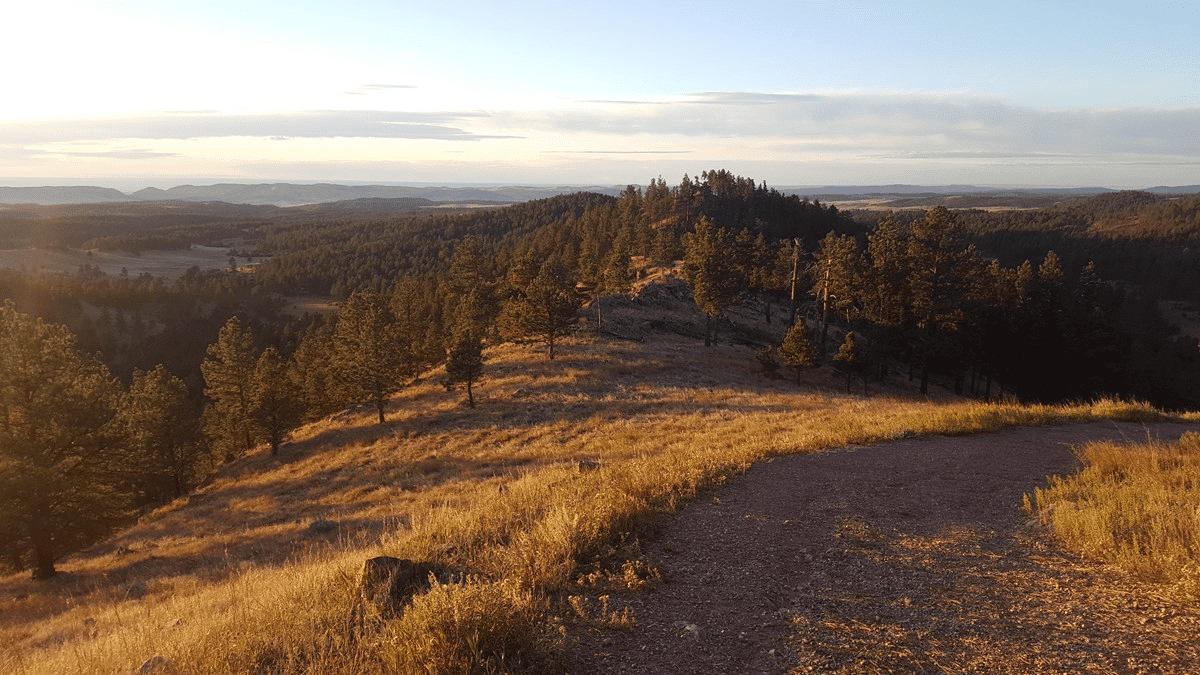
Other Popular Trails At Wind Cave
Other popular trails include the Pronghorn Loop Trail, a 2.2-mile trail that provides opportunities to see pronghorn antelope, bison, and other wildlife, and the Wind Cave Canyon Trail, a 2-mile trail that follows a scenic creek through a picturesque canyon and provides access to a backcountry area of the park.
For those seeking a more strenuous hike, the Wind Cave Canyon Backcountry Trail is a 7.5-mile trail that takes visitors through the park’s rugged canyon and offers a unique and challenging hiking experience.
No matter what type of hike you choose, Wind Cave National Park provides a variety of opportunities to explore the beauty and diversity of its natural landscape, and visitors are sure to have an unforgettable experience on its trails.

10. More Than Just Parks Made An Amazing Film At Wind Cave & You’re Invited To See It
The final Wind Cave National Park Fact is my absolute favorite though I must confess to being a bit biased.
More Than Just Parks has made a wonderful short film highlighting Wind Cave National Park and you’re invited to see it.
SIconic wildlife, teeming forests, rolling hills, and one of the largest and most fascinating caves in the world.
Wind Cave truly is more than meets the eye. Journey with us as we explore life above and below ground in one of the most scenic corners of the United States.
Why Trust Us About Wind Cave National Park?
We’re Jim Pattiz and Will Pattiz, collectively known as the Pattiz Brothers (and sometimes the Parks Brothers) and we absolutely LOVE the national parks.
You should probably know that we don’t just make this stuff up out of thin air. We’ve spent our entire adult lives exploring and filming America’s national parks and public lands.
We’ve worked with the National Park Service, the Department of Interior, USDA, and the U.S. Forest Service for years creating films on important places and issues. Our work has been featured in leading publications all over the world and even some people outside of our immediate family call us experts on the national parks.

Meet The Parks Brothers
Map Of Wind Cave National Park
List Of Wind Cave National Park Facts
- The Lakota Have A Spiritual Connection To Wind Cave
- Two South Dakota Brothers Discovered The Cave
- Wind Cave Is Home To 95% Of The Boxwork Formations In The World
- The Civilian Conservation Corps Played An Important Role In The Development Of The Park
- It’s The 6th Longest Mapped Cave In The World
- Wind Cave National Park Featured A Buffalo Jump
- The Park Features One Of The Most Breathtaking Scenic Overlooks In America
- Wind Cave Features A Diverse Array Of Wildlife
- The Park Offers Over 30 Miles Of Hiking Trails
- More Than Just Parks Made An Amazing Film At Wind Cave & You’re Invited To See It
We Hope You’ll Follow Our Journey
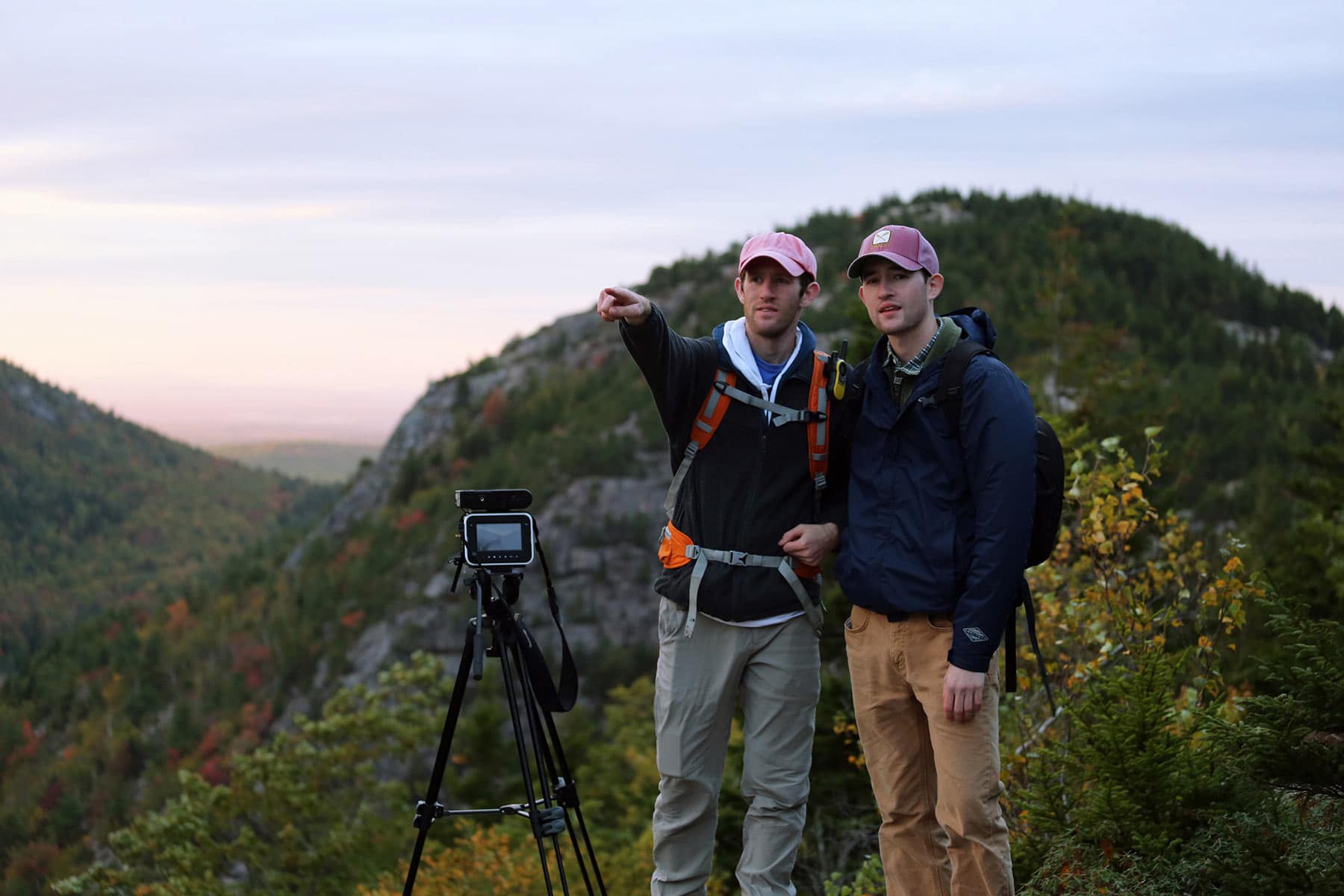
Our goal here at More Than Just Parks is to share the beauty of America’s national parks and public lands through stunning short films in an effort to get Americans and the world to see the true value in land conservation.
We hope you’ll follow our journey through the parks and help us to keep them the incredible places that they are. If you’re interested in joining the adventure then please sign up below!
Helpful Articles
Hiking the Castle Trail: Castle Trail: Epic Hikes in Badlands National Park (Photos + Guide)
Hiking the Notch Trail: Hiking the Notch Trail in Badlands National Park (Photos + Guide)
Badlands NP Guide: Helpful Guide to Badlands National Park
Things to Do in Badlands: 20 Incredible Things to Do in Badlands National Park
Things to Do Wind Cave: 10 Epic Things to Do at Wind Cave National Park
Visiting Mount Rushmore: 15 Helpful Tips for Visiting Mount Rushmore
Things to Do Near Rushmore: 25 Epic Things to Do Near Mount Rushmore
Black Hills National Forest: Comprehensive Guide to the Black Hills National Forest
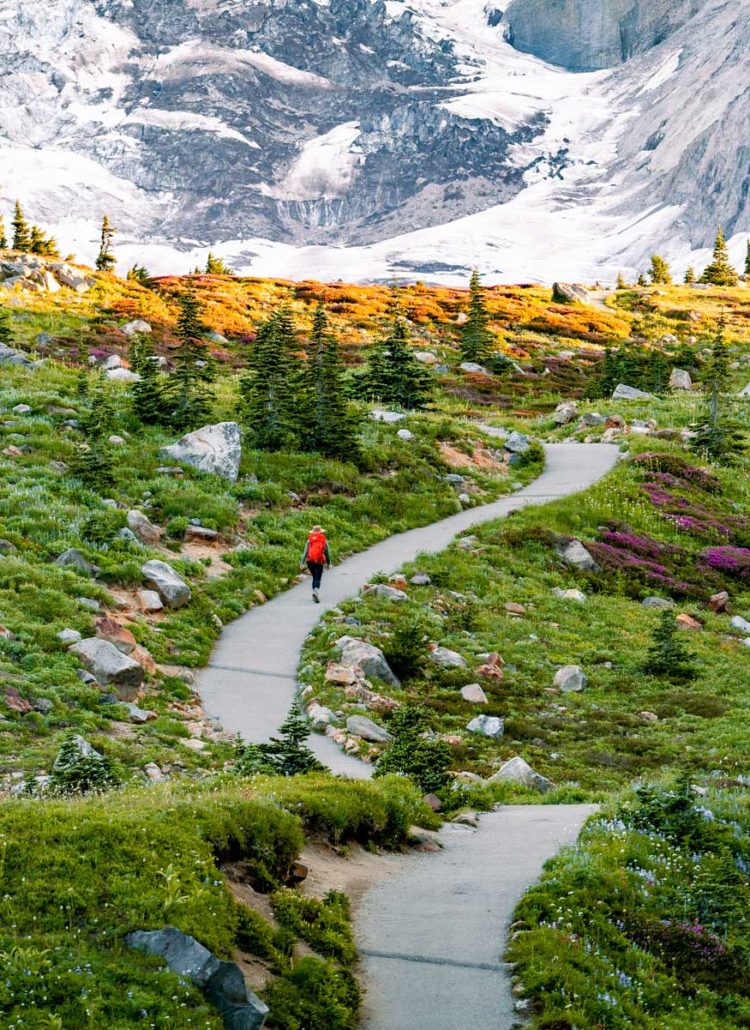
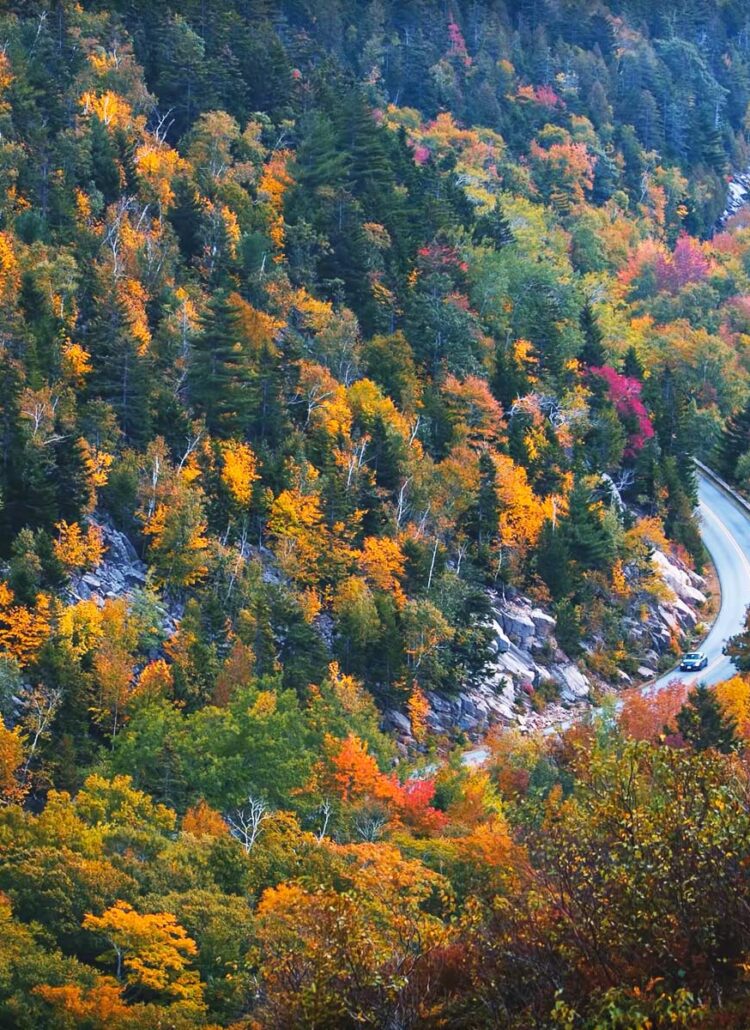
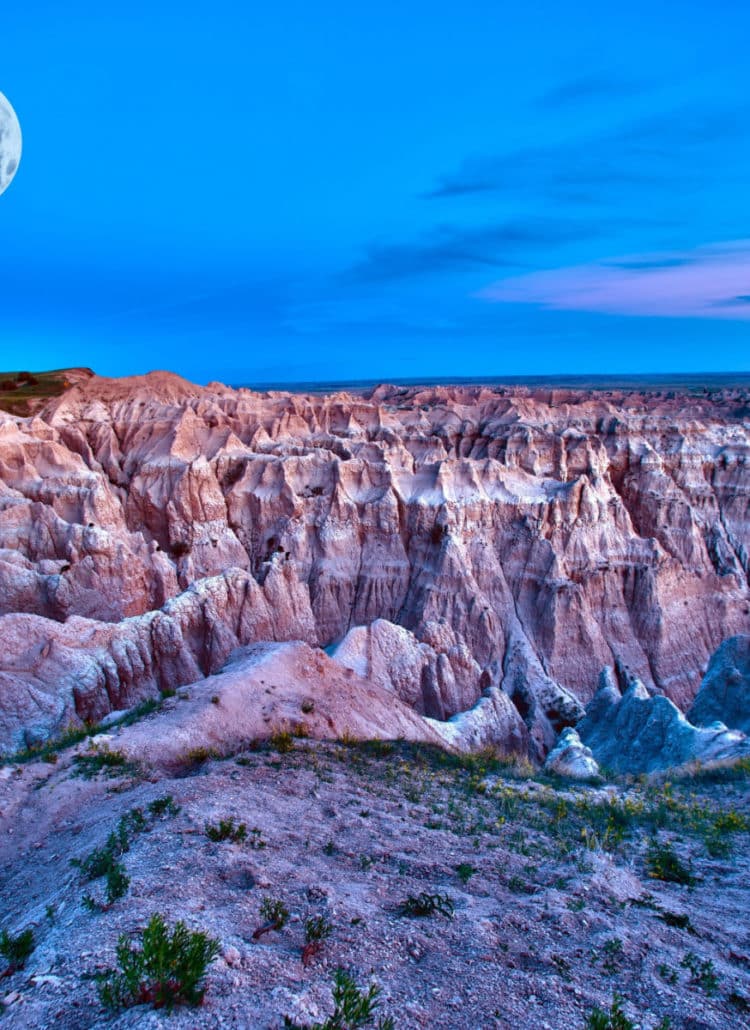
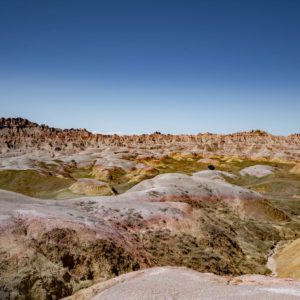

Leave a Reply